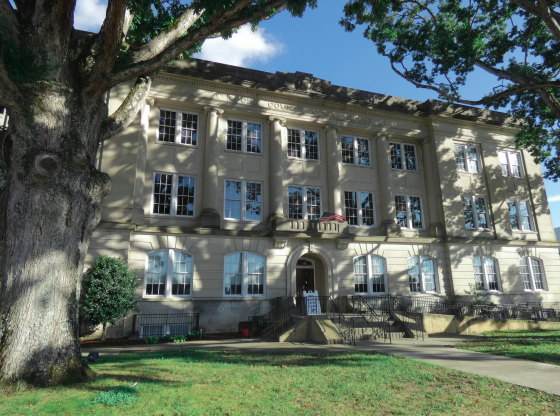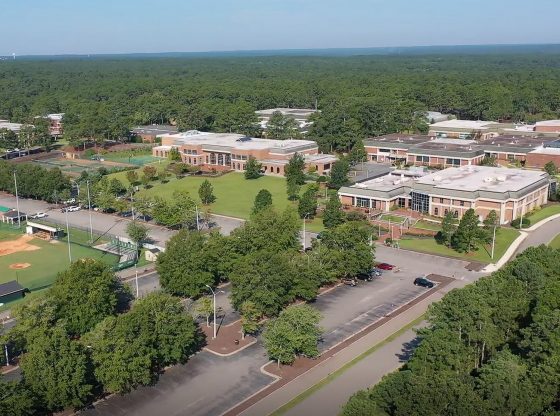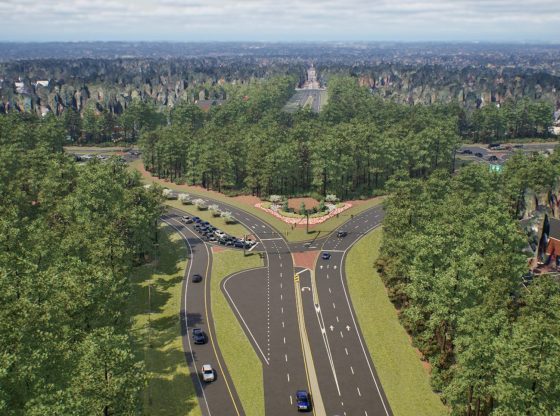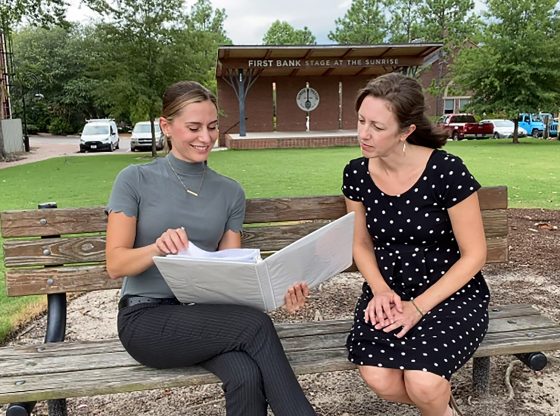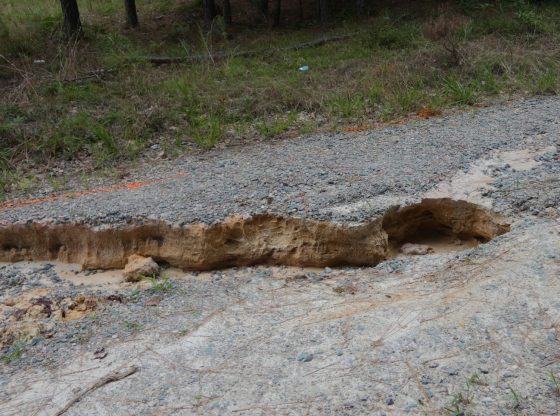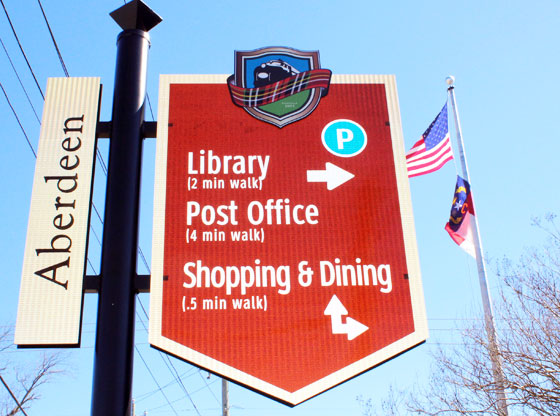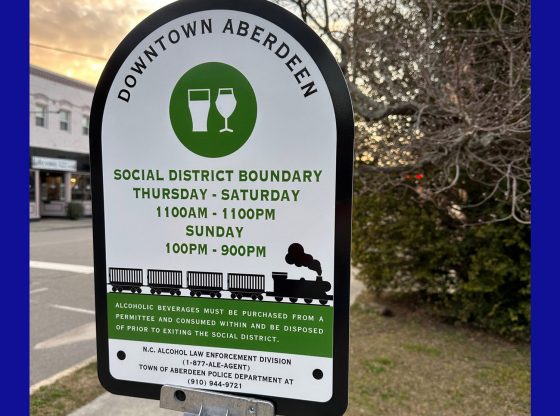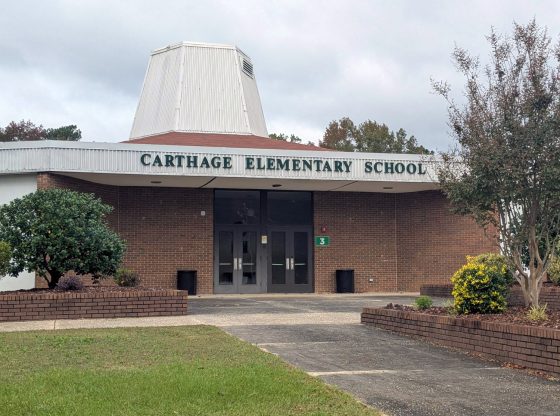The Moore County Board of Commissioners voted to adopt the 2025 Moore County Land Use Plan at their recent meeting on Oct. 21.
“The County’s goal is to preserve its unique character, historical significance, and natural beauty for current and future generations,” reads the plan. “Achieving this will require a balanced approach that includes thoughtful policymaking, active community engagement, and responsible development practices.”
The plan has been a work in progress for years, and much of it was drafted by the Moore County residents who formed the project’s Steering Committee.
“The process began with three listening sessions in January and February of 2024, at each of the three high schools in Moore County: Pinecrest, Union Pines, and North Moore,” recounted Ruth Pedersen, planning director. “At these listening sessions, citizens were invited to speak about what they hoped the future of Moore County would look like.”
The final draft includes 12 chapters, covering demographics, geography, employment, future goals, land use categories, definitions, maps, and the Small Town Model Overlay District.
“The Small Town Model will guide how our growth can be managed to create meaningful and sustainable communities and not just sprawl into our rural countryside,” explained Larry Best, one of the project’s process leaders. “They provide not only a great community for people to live in, raise families, but because they’re mixed-use, people can work there, they can play there, they can shop there.”
Commissioners did reiterate that in the final few weeks, the plan was shaped by Session Law 2024-57, which restricts down zoning and limits the authority of local governments. Although the commissioners attempted to communicate with state legislators to find a solution before approving the Land Use Plan, no solution was found.
As such, some recommendations were removed due to legal constraints.
Throughout the public hearings and listening sessions, residents consistently voiced concerns about preserving rural agricultural land and preventing unchecked sprawl.
Commissioner Nick Picerno stated that Moore County has seen controlled growth, not sprawl, and that most development has occurred in areas with existing infrastructure. He also reported that actual farmland acreage has increased to over 106,000 acres, now representing 25% of the county’s land.
The commissioners each, in turn, thanked all of the committees, staff members, and residents who were involved with the plan and so passionate about the future of the county.
“Our citizens are the ones who spoke, they are the ones who penned it, everyone had a say, and everyone who spoke was listened to,” said Commissioner Chair Kurt Cook prior to voting.” So I do believe this is one of the best things that I’ve seen in my time here and as a citizen of Moore County. So thank you for your commitment. Thank you, every member of the board and the Steering Committee. I can’t thank you enough for your diligence, your hard work, your attention to detail, and your compassion in making this document what it is today. Without the entire input of the county, this would not be a good document.”
After the approval of the last few recommendations from the Planning Board—including the removal of the official definition of “high density” and other terms—a motion was made to approve the plan.
As such, commissioners unanimously voted to adopt the 2025 Moore County Land Use Plan.
Want Moore news that matters? Please click here to sign up for the free Sandhills Sentinel e-newsletter.
~ Article and photo by Sandhills Sentinel Assistant Editor Abegail Murphy. Abegail has been writing for Sandhills Sentinel since 2021.


